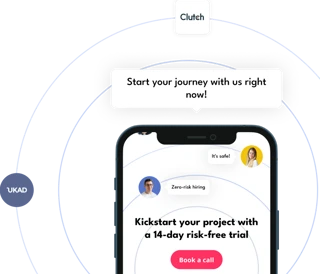AI assistants have become one of the most common ways businesses start using AI. Companies across industries, including eCommerce, logistics, finance, healthcare, and legal, are adopting them to improve support, speed up decisions, and make internal knowledge easier to access.
AI assistants now show up in many forms. They help customers navigate websites, assist employees with policy questions, and pull insights from structured sales data. Some even act as legal aides, comparing new cases to internal documents and past rulings. These tools are lightweight, practical, and increasingly in demand, especially as the AI app development cost becomes more manageable. For many, the real question isn't whether to build one but what kind and at what price.
But how much does it actually cost to build one?



